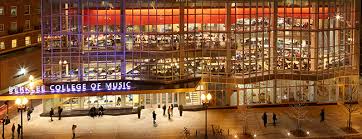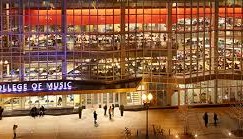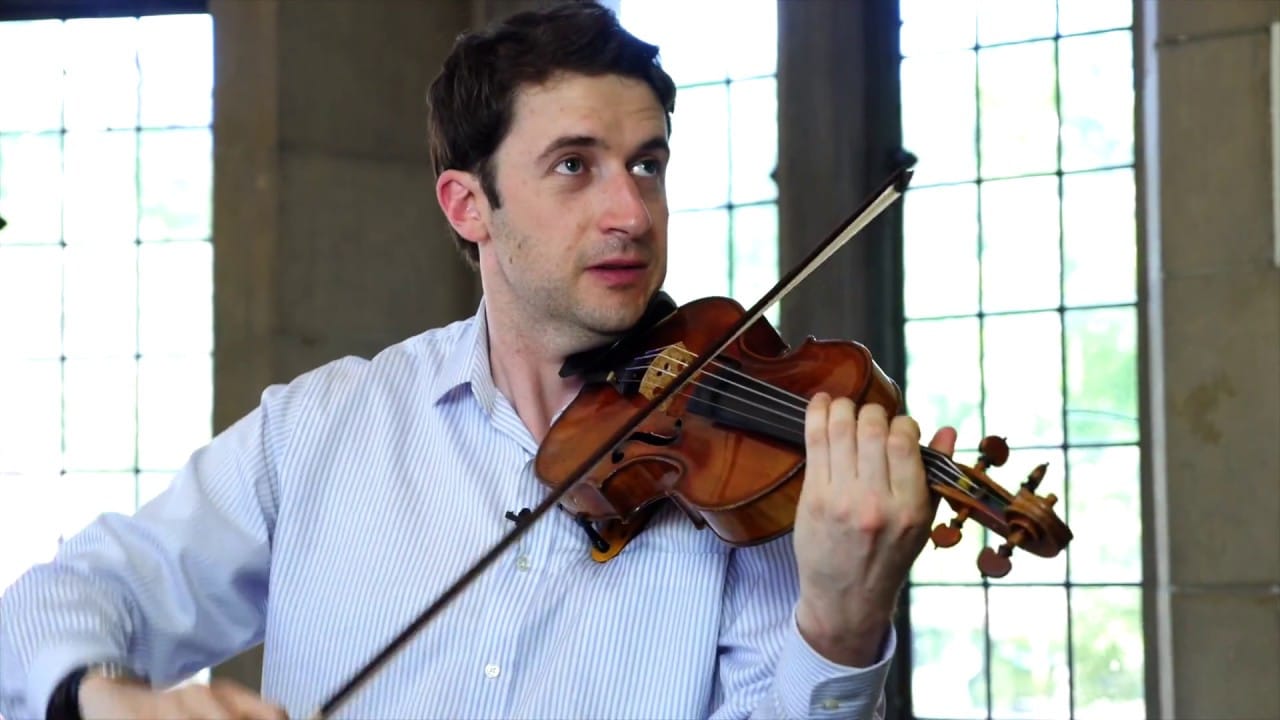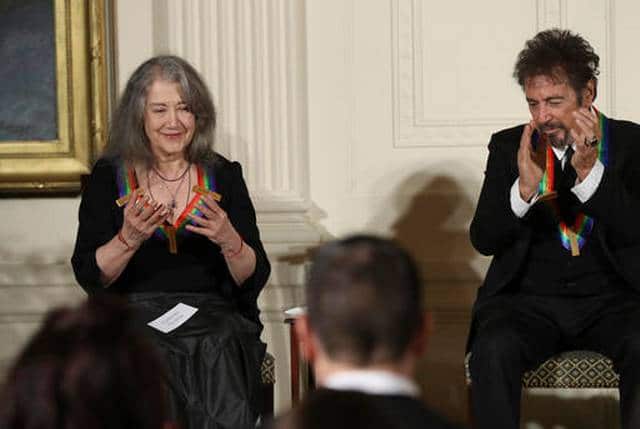Which US music college is getting most Covid $$$s?
mainRonen Segev of Park Avenue Pianos has an interesting breakdown of Covid federal grants to colleges:
Juilliard School: $524,199
American Musical and Dramatic Academy: $2,278,035
Manhattan School of Music: $441,481
The New School (includes Mannes School of Music): $4,996,686
San Francisco Conservatory of Music: $249,016
Cleveland Institute of Music: $186,268
Curtis Institute of Music: $86,460
Berklee College Of Music: $3,573,148

More here.
You may wonder how Berklee did so well. So do we.






Comments